Stink bugs, notorious for their pungent odor when disturbed, are pests that commonly invade homes in search of warmth, particularly in the fall. Although they don’t pose direct health risks to humans, their presence can be both a nuisance and an olfactory annoyance. This article covers effective strategies to get rid of stink bugs using natural remedies, DIY solutions, and preventive measures to keep them away from your home. For severe infestations, professional pest control can provide long-term solutions to eliminate these pests.
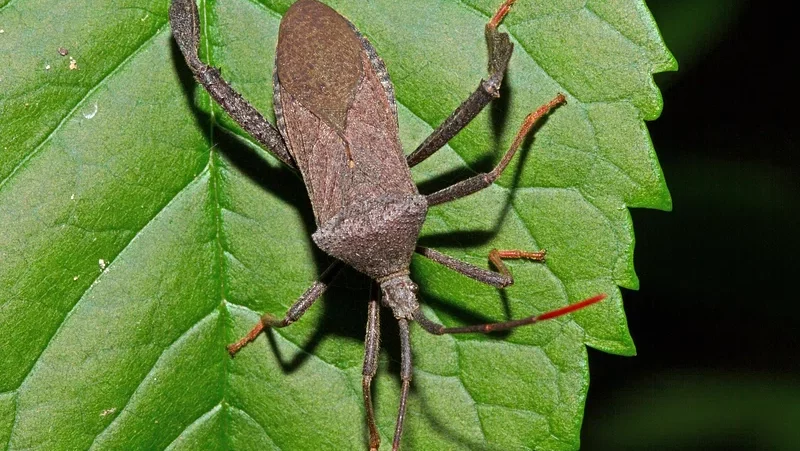
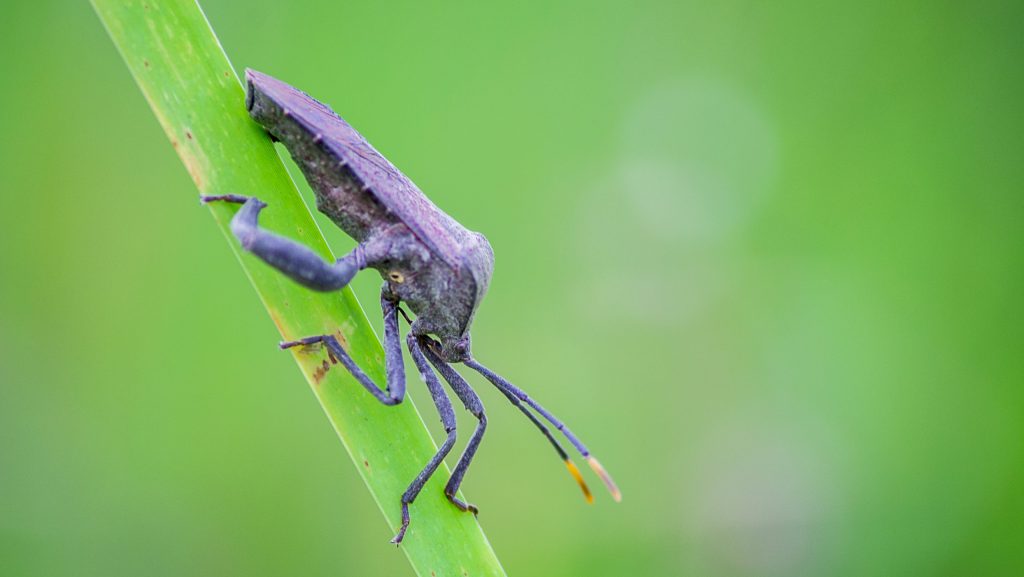
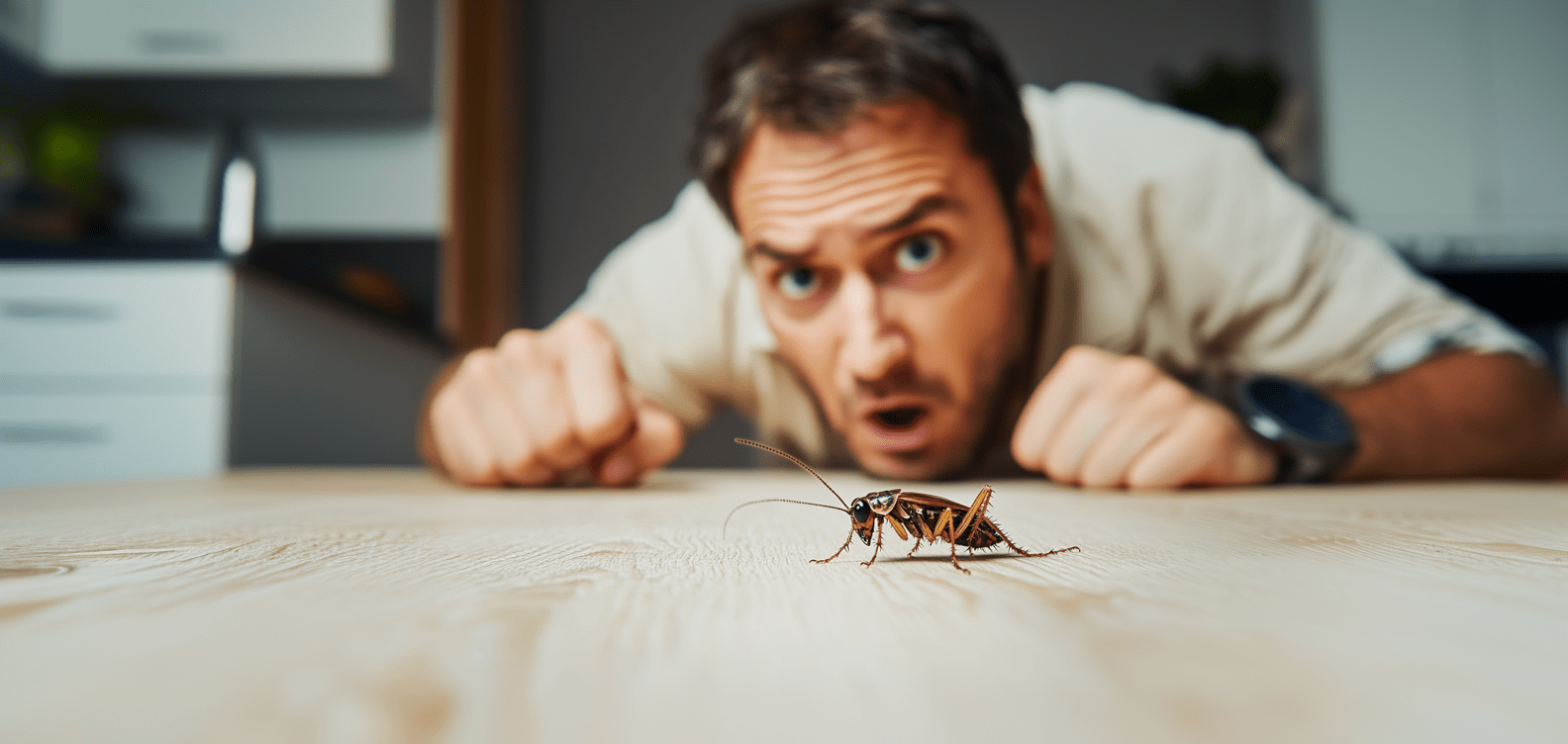
 Once you confirm a stink bug infestation, it’s time to explore methods to get rid of them effectively.
Once you confirm a stink bug infestation, it’s time to explore methods to get rid of them effectively.


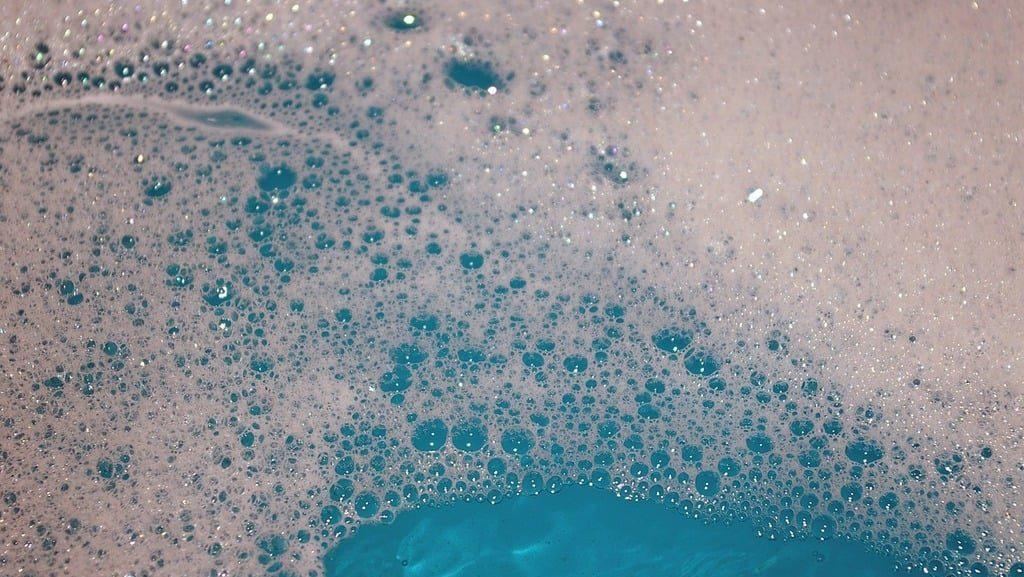
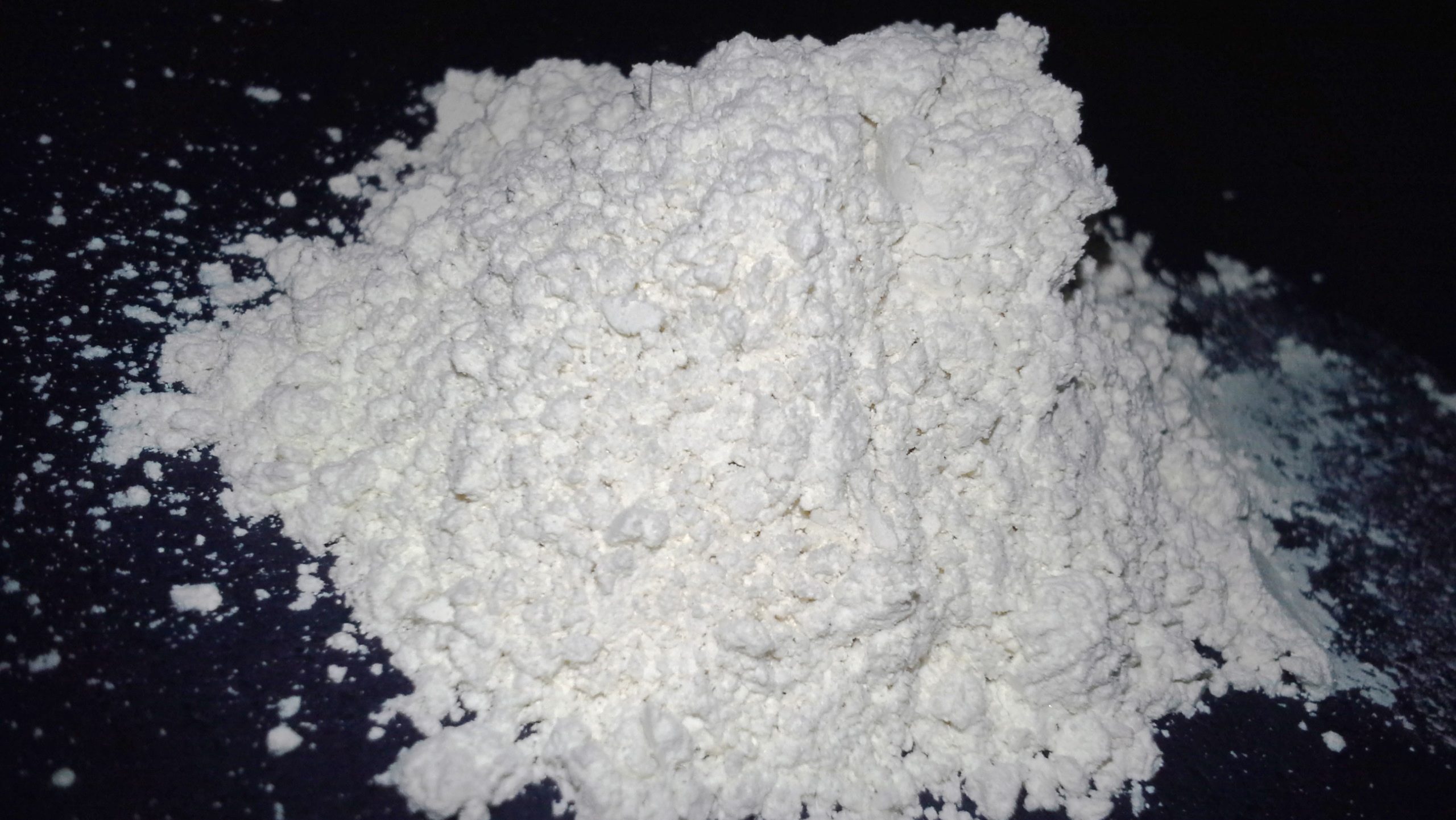
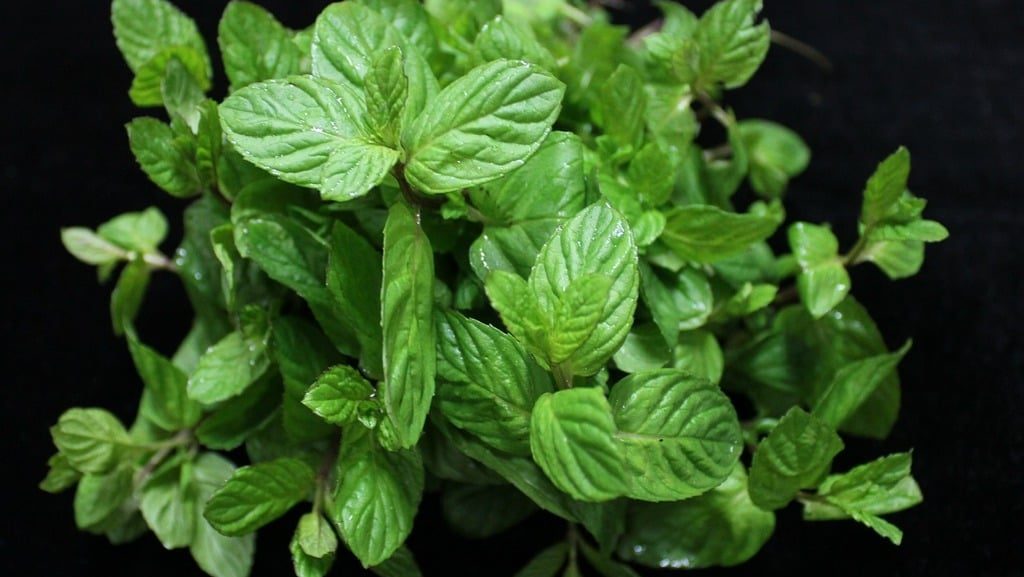 This spray is easy to prepare and acts as a powerful deterrent against stink bugs.
Following these steps can significantly reduce the chances of a stink bug infestation.
This spray is easy to prepare and acts as a powerful deterrent against stink bugs.
Following these steps can significantly reduce the chances of a stink bug infestation.

Understanding Stink Bug Behaviour
To get rid of stink bugs, it’s essential to understand their behaviour and what attracts them. Stink bugs, specifically the brown marmorated stink bug, are attracted to warmth and light, often making their way indoors to escape cooler outdoor temperatures. Once inside, they seek out hidden spots like cracks in walls, window sills, and attics to overwinter until warmer weather returns. These pests emit a strong odour as a defence mechanism to deter predators or when squished, which can linger and attract even more stink bugs. Understanding their attraction to light, warmth, and specific hiding spots can help in implementing targeted control measures and prevent them from becoming a regular household nuisance.

Not getting a solution?
Get your free pest control estimate today!Why Stink Bugs Infest Homes and Yards
Stink bugs are primarily outdoor pests, but they can enter homes when conditions are favourable. Here are some common factors that make homes and yards inviting to stink bugs:- Warmth: As temperatures drop, stink bugs search for warmer places to shelter. Homes provide a comfortable environment to overwinter, especially near heating vents and windows.
- Lighting: Stink bugs are drawn to light, especially outdoor lights at night. This attraction increases the likelihood of them entering homes through open windows, doors, or small gaps.
- Vegetation and Food Sources: Stink bugs feed on plants, fruits, and vegetables. Gardens, orchards, or outdoor vegetation close to the house can attract stink bugs, making it easier for them to enter your home.
Identifying Stink Bugs and Signs of Infestation
Stink bugs are easily identifiable by their shield-shaped bodies, which are typically brown, green, or gray, depending on the species. They measure about half an inch in length, and their distinguishing feature is the offensive odor they release when disturbed. Signs of a stink bug infestation include:Signs of Stink Bug Infestation
-
Sightings of Stink Bugs Indoors: If you frequently spot stink bugs around windows, doors, or light fixtures, it’s a sign they’ve entered your home.
-
Stink Bug Smell: A strong, foul odor may indicate that stink bugs are present, especially if you’ve inadvertently disturbed them.
-
Baby Stink Bugs Indoors: The presence of young stink bugs, which look like miniature versions of adults, can signal that stink bugs have found a place to breed within your home.
Top 5 DIY Methods for Stink Bug Removal and Control
For those who prefer natural and cost-effective solutions, there are several DIY methods to get rid of stink bugs without harsh chemicals. These methods are safe, easy to implement, and can be effective in reducing stink bug populations.1. Essential Oil Spray for Stink Bugs
Essential oils like mint, lavender, and eucalyptus are natural repellents for stink bugs. These oils can mask the odors that attract stink bugs and deter them from entering your home.
INGREDIENTS
-
 2 cups of water
2 cups of water
-
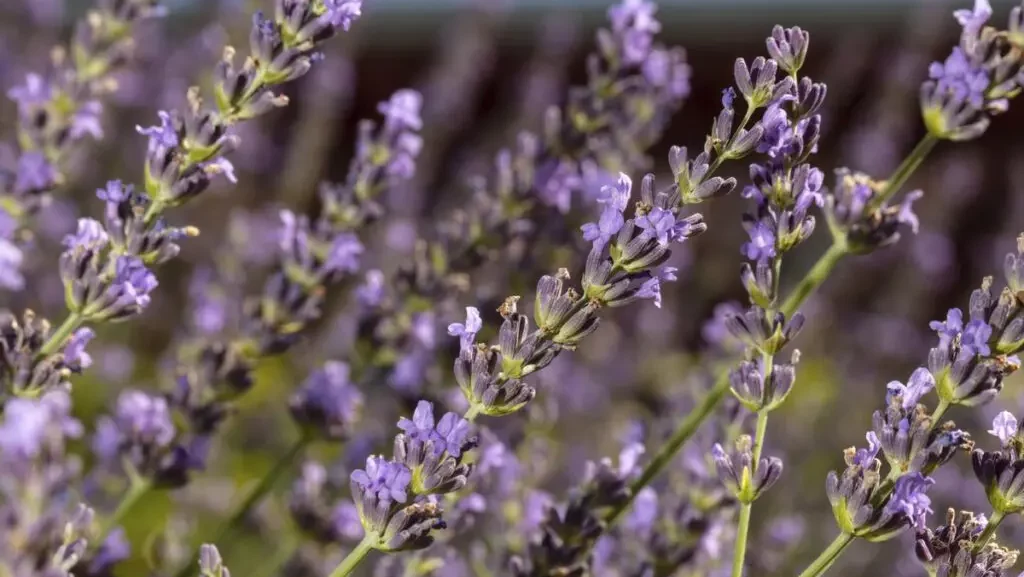 10-15 drops of mint oil (or lavender or eucalyptus oil)
10-15 drops of mint oil (or lavender or eucalyptus oil)
-
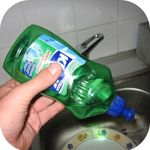 1-2 drops of dish soap
1-2 drops of dish soap
INSTRUCTIONS
1. Mix Ingredients
- Mix water, essential oil, and dish soap in a spray bottle.
2. Shake the Solution
- Shake well to blend the ingredients.
3. Apply Spray
- Spray the solution around windows, doorways, and areas where stink bugs are commonly found.
4. Reapply as Needed
- Reapply every few days, especially after cleaning or if the scent fades.
Note
This spray not only repels stink bugs but also leaves a fresh scent around your home.2. Garlic Spray for Stink Bugs
Garlic contains sulfur compounds that are offensive to stink bugs, making it an effective and natural repellent.
INGREDIENTS
-
 2 cups of water
2 cups of water
-
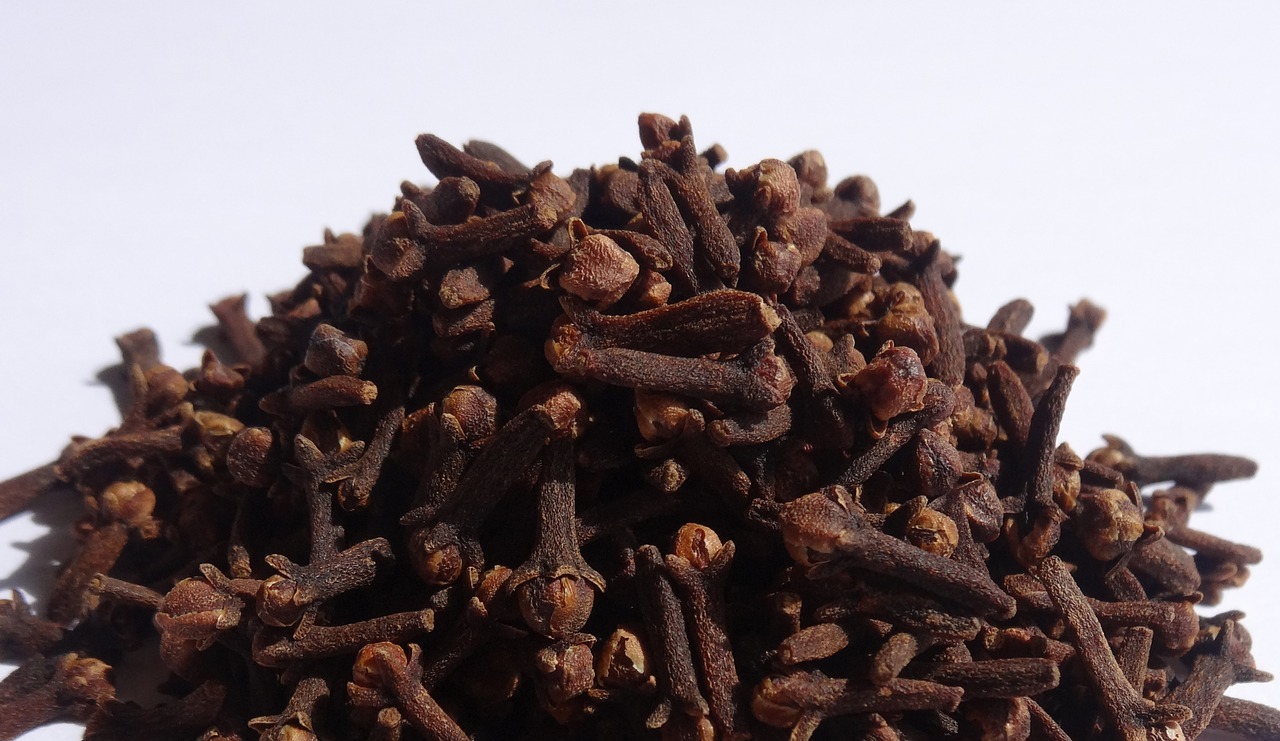 4-5 cloves of crushed garlic
4-5 cloves of crushed garlic
INSTRUCTIONS
1. Crush and Mix
- Crush the garlic cloves and add them to water in a spray bottle.
2. Infuse Mixture
- Let the mixture sit for a few hours to allow the garlic to infuse the water.
3. Spray and Reapply
- Spray the solution around doors, windows, and entry points where stink bugs may enter. Reapply weekly or after rain, as needed.
Note
The strong smell of garlic can repel stink bugs, keeping them away from entry points.3. Soapy Water Trap
Soapy water is lethal to stink bugs, and creating a simple trap can help capture and kill them effectively.
INGREDIENTS
-
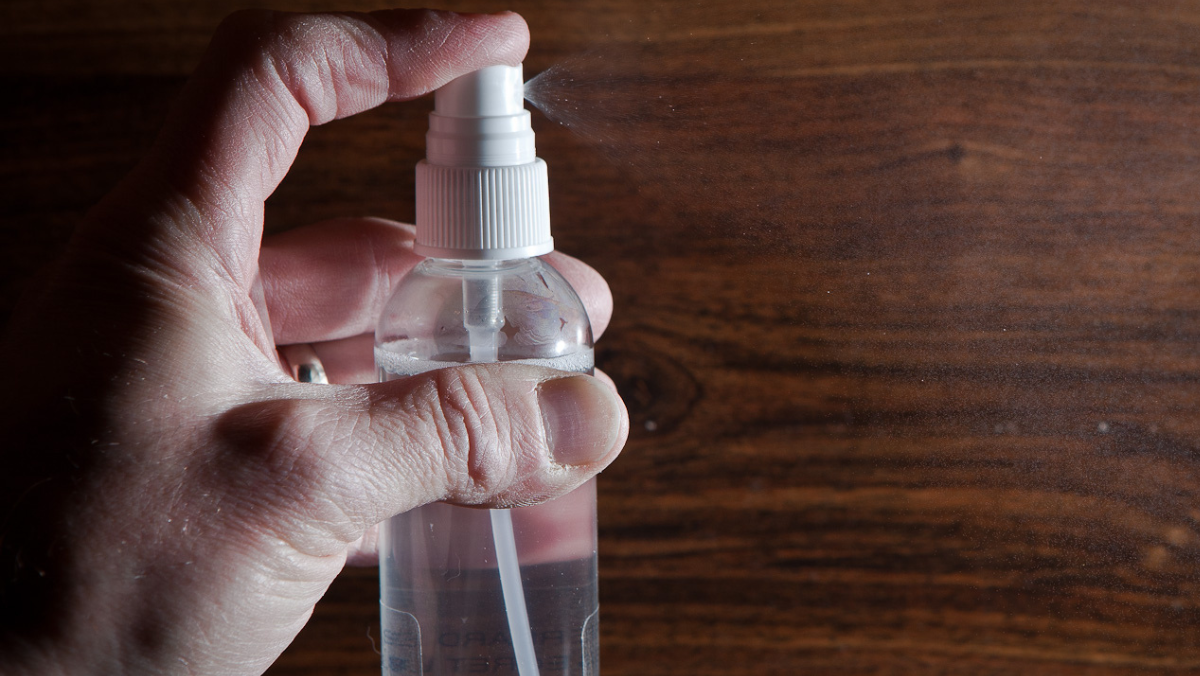 1 quart of water
1 quart of water
-
 1 teaspoon of dish soap
1 teaspoon of dish soap
INSTRUCTIONS
1. Prepare the Trap
- Fill a large bowl with water and add a teaspoon of dish soap.
2. Place the Trap
- Place the bowl near light sources where stink bugs are likely to gather.
Note
This is an easy and effective method for areas with frequent stink bug sightings.4. Diatomaceous Earth (DE)
Diatomaceous earth is a fine powder that dehydrates and kills stink bugs upon contact. It’s safe for indoor use and around pets when used correctly.
INSTRUCTIONS
1. Sprinkle DE
- Sprinkle food-grade diatomaceous earth around areas where stink bugs are commonly seen, such as window sills, door frames, and basement corners.
2. Leave and Clean
- Leave it in place for several hours, then vacuum up the powder along with any dead stink bugs.
3. Reapply
- Reapply every few weeks or as needed to maintain effectiveness.
Note
This method works well in dry areas and provides long-term prevention.5. Peppermint Oil Spray
Peppermint oil is a natural repellent that can help keep stink bugs away. The strong scent of peppermint disrupts their sense of smell, deterring them from entering treated areas.
INGREDIENTS
-
 2 cups of water
2 cups of water
-
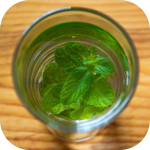 10-15 drops of peppermint essential oil
10-15 drops of peppermint essential oil
INSTRUCTIONS
1. Mix Ingredients
- Mix water and peppermint oil in a spray bottle.
2. Shake Solution
- Shake well to blend the ingredients.
3. Apply Spray
- Spray the solution around windows, doorways, and other entry points to create a barrier that repels stink bugs.
Note
Reapply every few days, especially after cleaning or if the scent fades.Chemical-Based Stink Bug Removal Solutions
For more severe infestations, chemical-based treatments may be required. Always follow safety instructions and keep these treatments out of reach of children and pets.- Insecticidal Dust: Apply insecticidal dust around entry points, such as windows and doors, where stink bugs are likely to enter.
- Pyrethrin-Based Spray: Pyrethrin sprays are effective for killing stink bugs on contact and are safe for indoor and outdoor use. Apply in areas with high stink bug activity.
General Prevention Tips to Keep Stink Bugs Out
Keeping stink bugs at bay requires proactive measures. Here are key steps you can take:Preventive Measures for Stink Bugs
-
Seal Entry Points: Check for cracks around doors, windows, utility pipes, and siding. Use caulk to seal any gaps and prevent stink bugs from entering.
-
Manage Lighting: Stink bugs are attracted to light. Reduce outdoor lighting at night and use blinds or curtains to prevent indoor light from spilling outside.
-
Proper Ventilation: Ensure basements, attics, and crawl spaces are well-ventilated, as stink bugs are drawn to warm, humid environments.
-
Maintain Landscaping: Trim bushes, trees, and shrubs away from the house. Store firewood at least 20 feet from the home and elevate it off the ground to reduce potential hiding spots.
Dos and Don’ts for Effective Stink Bug Control
DO'S
-
Use natural repellents like essential oils and garlic spray.
-
Seal cracks and gaps to prevent stink bugs from entering.
-
Use vacuum traps or soapy water traps for easy stink bug capture.
DON'TS
-
Avoid squishing stink bugs, as this releases a foul odor and can attract more stink bugs.
-
Don’t rely solely on DIY methods if the infestation is severe; call a professional pest control service if needed.
-
Avoid using strong chemicals without proper ventilation, especially indoors.





